
The resurgence in film photography, especially with younger photographers has led to a sharp increase in the price of old film cameras. In 2008 I bought a mint Nikon L35AF for a measly £3 . With the ascendancy of DSLRs and Mirrorless systems, people couldn’t get rid of their film gear quickly enough.
10 years on and classic compacts, SLRs, rangefinders and medium format cameras go for premium prices, although only for certain cameras with a certain cachet. Cameras like the Canon AE1, Olympus MjuII, Pentax 67, Mamiya 7, anything Contax or Leica all seem to be a costly camera of choice for the affluent young blogger or YouTuber.
I however grew up on a Praktica MTL3 and whatever cheap M42 lenses I could get, and even though I progressed to the heights of Praktica B mount and aperture priority exposure, I still have a fondness for a more budget approach to film photography.
So while looking on the EBay for a 28mm lens to go with a battered but working Pentax K1000 rescued from impending landfill, I managed to obtain for the princely sum of a tenner:
- A mint Ricoh KR-5 with 50mm f2 Riconar lens
- A Sirius 28mm lens
- A Sirius 135mm lens
- An olive green Miranda bag
- A wee sync cable
- A blower brush (essential for negative scanning)
I don’t think I’ve ever felt as pleased with myself.
The KR5 it should be said is a basic beginners camera of the most utilitarian order. But my god it’s beautiful. A solid mix of metal body and plastic casing – the name and model is cut into the plastic, none of your sticker nonsense here – it has a solid, unfussy design.
It’s jet black – front, back and top with minimal controls. You get a shutter dial, film speed dial, lever advance and shutter release button (threaded for cable release). A self-timer on the front and that’s your lot. Even the shutter speed dial keeps it basic. No wide range of speeds either..
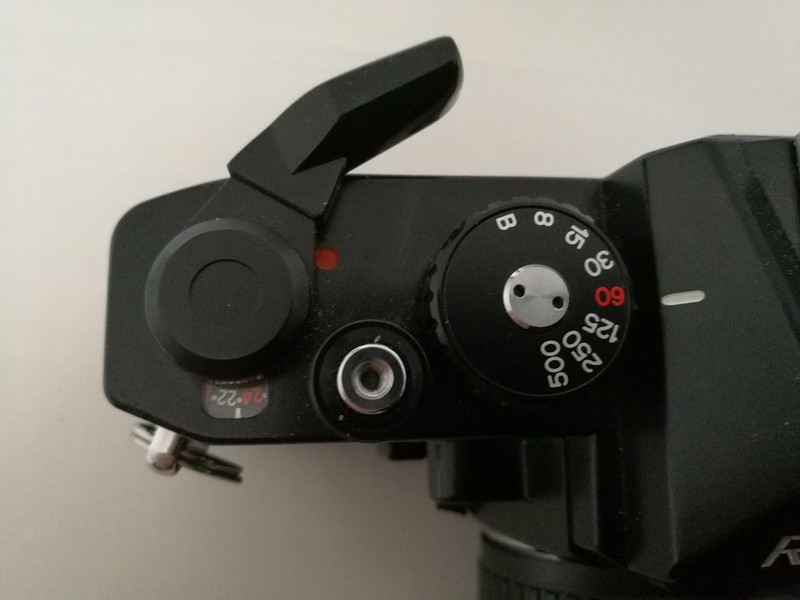
A modest fastest speed of 1/500th is complemented by a slowest of 1/8th with B the only setting below this. So any milky water shots, you’re on B and counting. In reality of course if you’re street shooting or doing a photo-walk, this is going to cover most situations unless you’re using Ilford Delta 3200 on a bright summer day. Equally in the studio under flash – sync of 1/60th, lens at f8 and set the lights accordingly.
Exposure is measured through a simple CdS exposure meter powered by two G13/SR44 batteries. A useful feature is that the meter only works when the lever is half-cocked to show the red dot as seen above. Unlike the Pentax K1000 whose meter is always on and needs a lens cap on to stop battery drain, the exposure is only read when the lever is in this position.
Simplicity is extended through to the viewfinder screen.
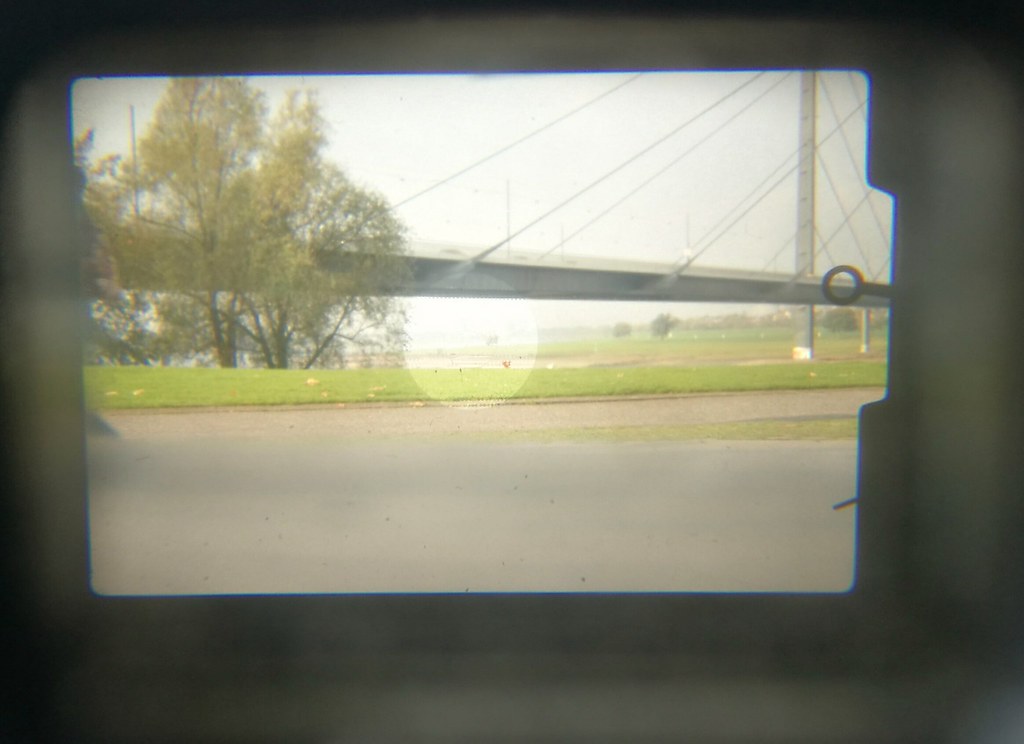
It’s big, bright and has a needle that moves up and down. No LED’s or even +/- indicators. When it’s in the middle you’re good to go. Even the focussing circle in the centre is unfussy and is clear to see when you’re in focus.
And that’s the KR-5. Next step is to load film and shoot.
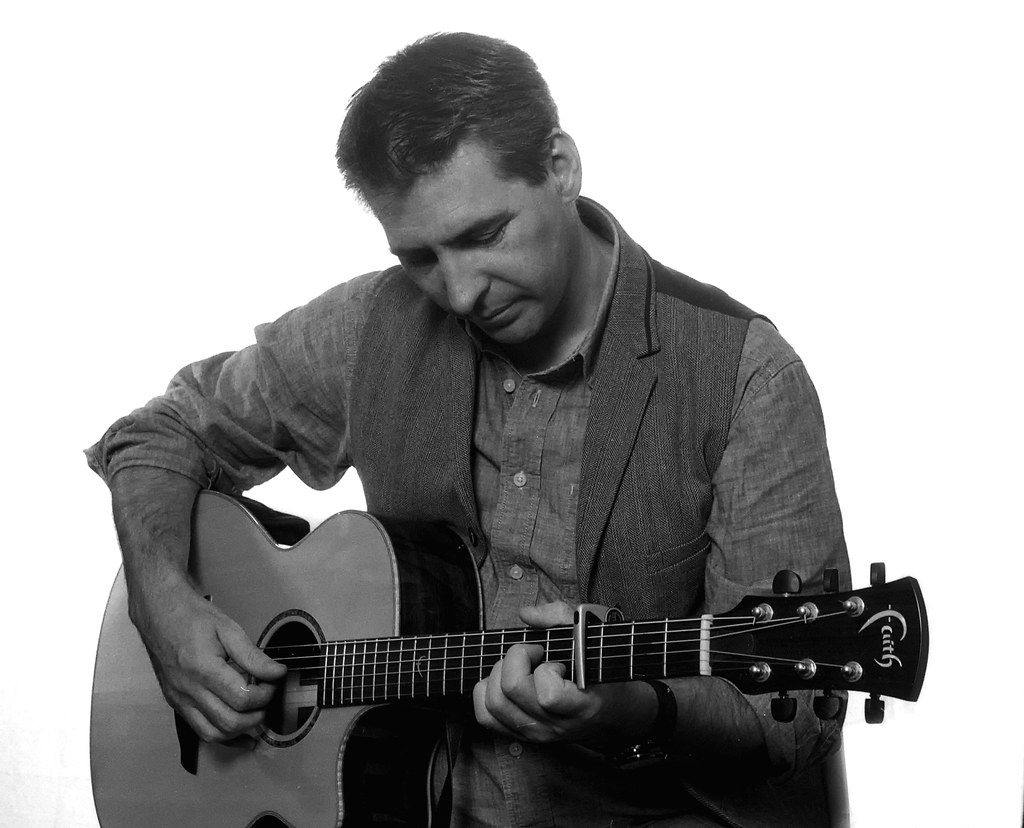
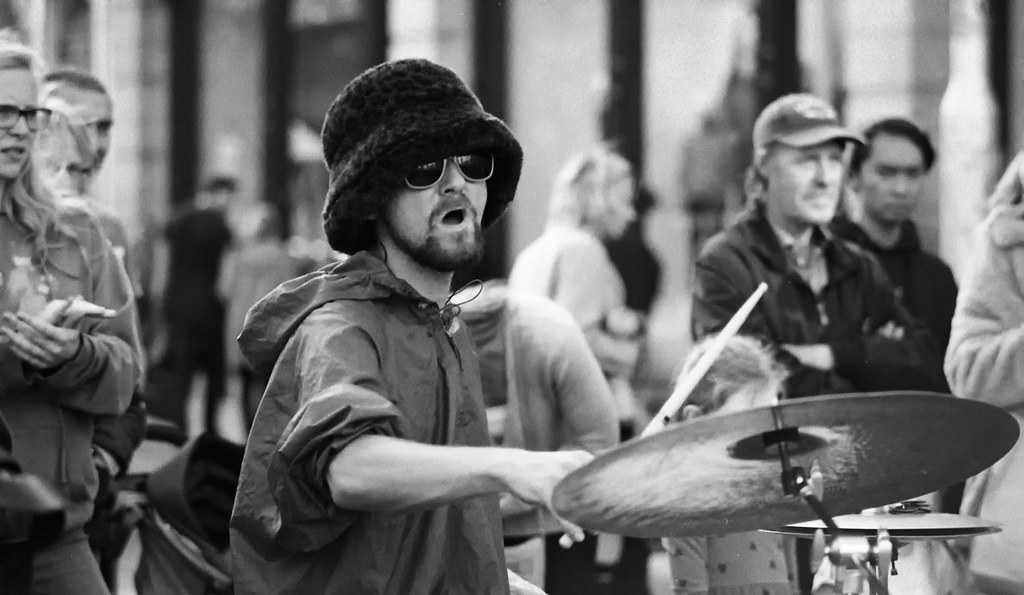
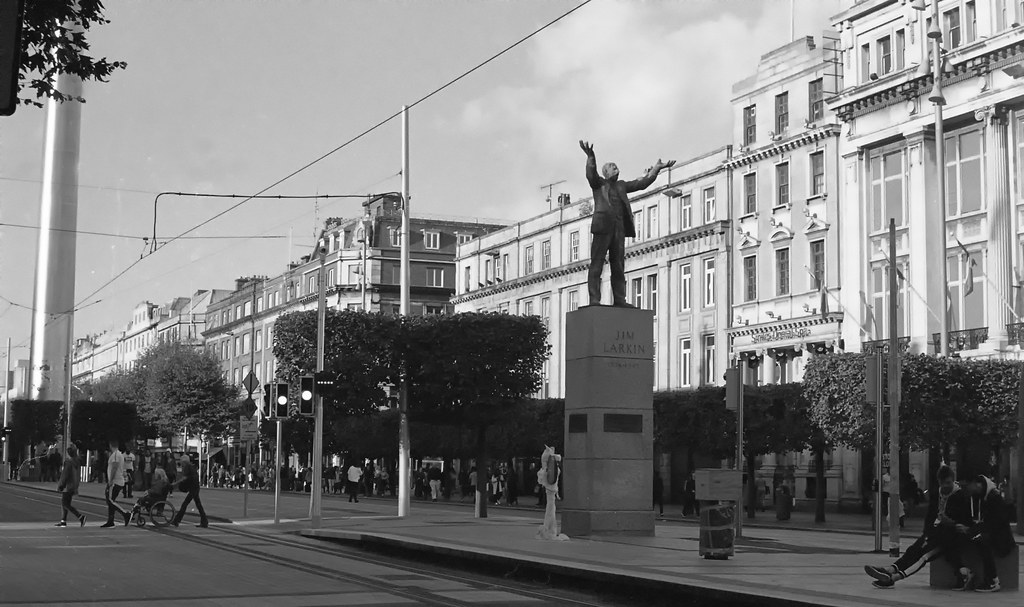
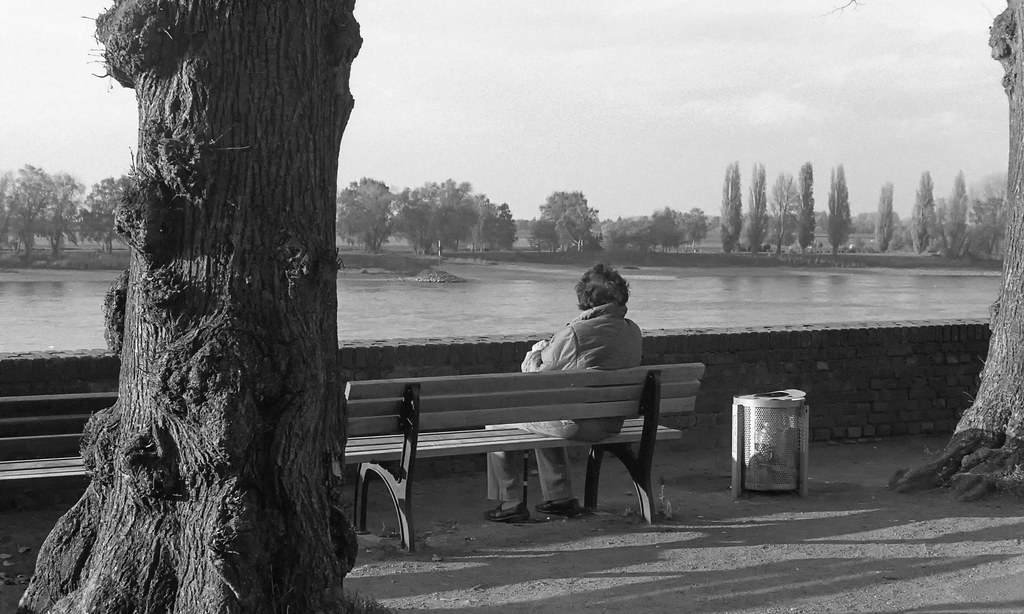
And that’s the Ricoh KR-5 in all its wonderful simplicity. You may ask what’s the difference between it and any of the numerous other manual SLR’s of the 1970’s and 80’s and there’s undoubtedly more sophisticated, desirable cameras out there, cameras with greater versatility and even ones with more than 7 shutter speeds.
It’s strength is in the simplicity of use and its limited options and functionality which puts the onus on the photographer. It combines Eastern Bloc utilitarianism with a bit of Japanese reliability and sleeker design. It’s not too heavy, the shutter’s not too loud and the solid black look and stripped back functionality make it the Johnny Cash of cameras.
And you can pick them up for next to nothing.



Hi Ian,
Great read about the KR-5 (XR-500 on my case). Its my first film camera and I love how you nailed its simplicity and minimalism. I love it. Just wanted to ask something exposure related:
When exposing in dark (both needles match, angled downward) or bright (both needles match, angles upward) lighting conditions, is it going to be correctly exposed as long as the needles match? Or will they be ultimately under or overexposed regardless if the needles are properly match?
LikeLike
hi Frank, good to hear from you. according to the manual, the needles should match for correct exposure. although unless its really bright or dark I tend to shoot at 1/125 and f8 on 100 film. the needles hardly moves! And it seems to work.
LikeLike